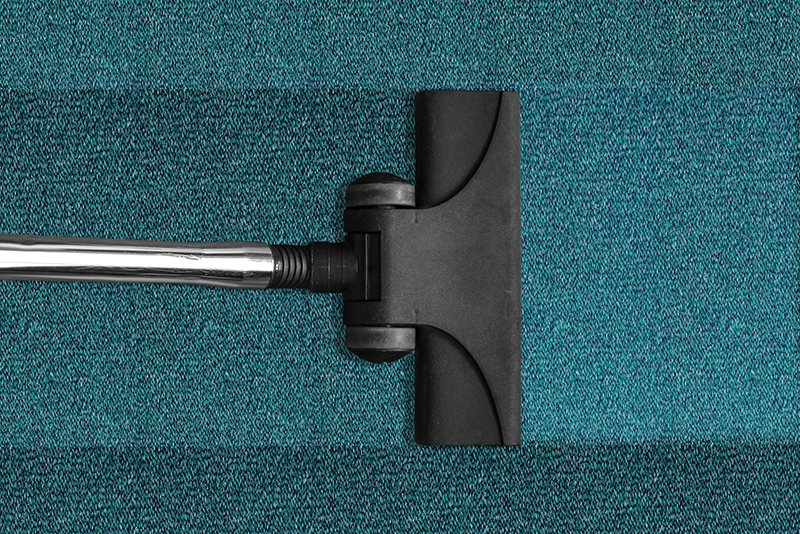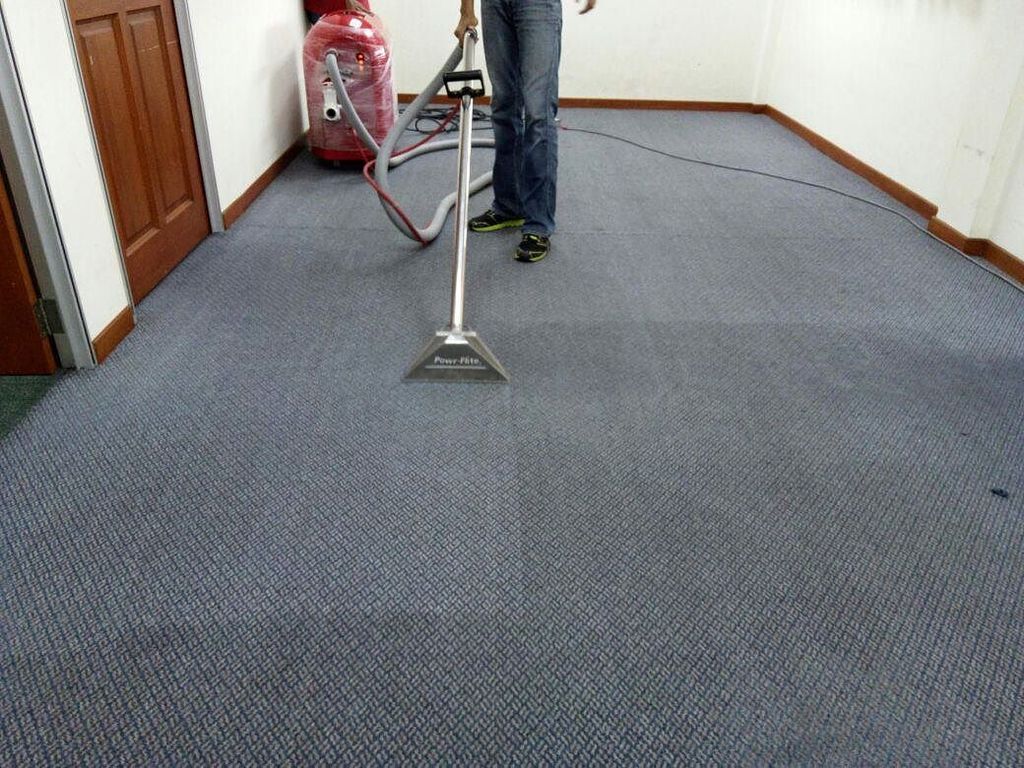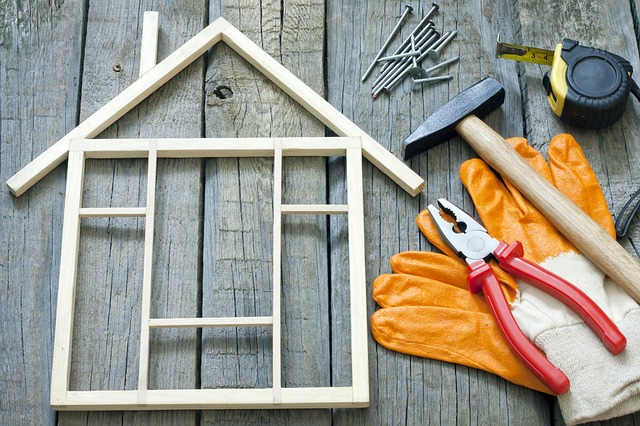
Trees bring much more than beauty to the surrounding space, they play a big role in sustaining the life cycle. It is estimated that over 70,000 kilometers squared of forests are decimated annually. This is roughly 3.5 to 7 billion trees per year. Trees are undoubtedly the largest and most important plant species on Earth. Biologists attribute their air nourishment quality as they absorb carbon dioxide and release oxygen into the atmosphere. In addition, tree roots stabilize the soil around them preventing cases of soil erosion. Trees support a great deal of wildlife including insects, birds, and critters. This is why it is important to protect our trees, both in urban and rural areas. To protect trees, it must be well-maintained and provided with appropriate services.
To keep the trees in your property healthy they need regular attention to ensure they are healthy. Always ensure that they are not exposed to environmental hazards or artificial threats. Briefly described is a maintenance plan and care tips that looks after the trees in your back-yard or around your property.
Watering
No living thing, whether plant or animal, can survive without water. Trees need a great deal of water for survival and nourishment. During the first three years, the supply of water remains critical. The young tree needs water to prevent the roots from drying out. A sufficient water supply prevents the root ball from receiving adequate moisture to keep it growing. On average the amount of water required largely depends on the draining ability of the soil. Soil that drains fast needs more watering than that which is slow draining.

Mulching
Mulching is good for moisturizing the tree roots. It also helps organic nutrients to thrive. Mulch reduces competition from other plants around the tree. Organic materials contained in mulches are bark, needles, wood chips, and leaves. The mulch is set as a ring around the tree but should not get into contact with it. Mulching also alleviates the need for having to purchase fertilizers.
Staking
Staking only becomes necessary when you are confronted with an unstable root ball or a bending tree trunk. At this point, you have to correct the situation before it becomes permanent. Use limited loosely-tied straps to offer the upright tree support. During the first three years avoid using straps unless you really have to. After one or two years, have all the straps removed.

Clean the root collar
Any roots that are encircling the trunk at the root collar should be immediately corrected or removed. This becomes a major health and safety concern later on if unchecked. Ensure that the tree was planted deep enough. This is the best way to prevent the emergence of strangler roots showing up later on. After every four years inspect the root collar and loosen the soil around its base using a hand trowel.
Carry out a health inspection
Always have a professional inspect the health of your trees as this is not a complicated science. There are a few signs that will provide clear indications of health problems experienced by the tree. If the growth experienced by your trees is less than the past years, it might be undergoing some health complications. It needs further examination.





